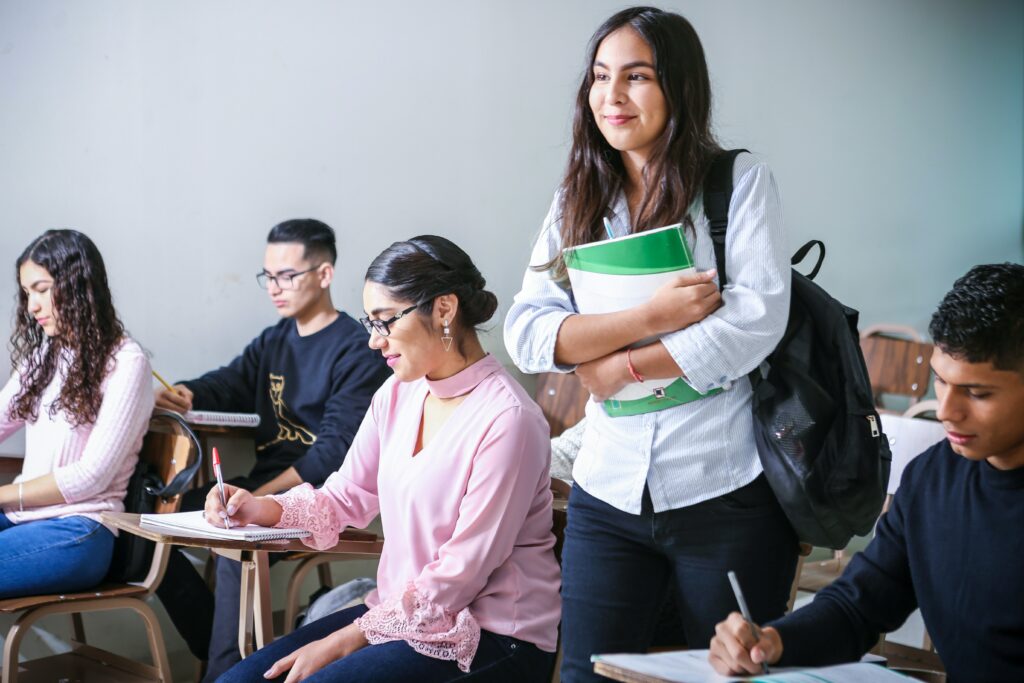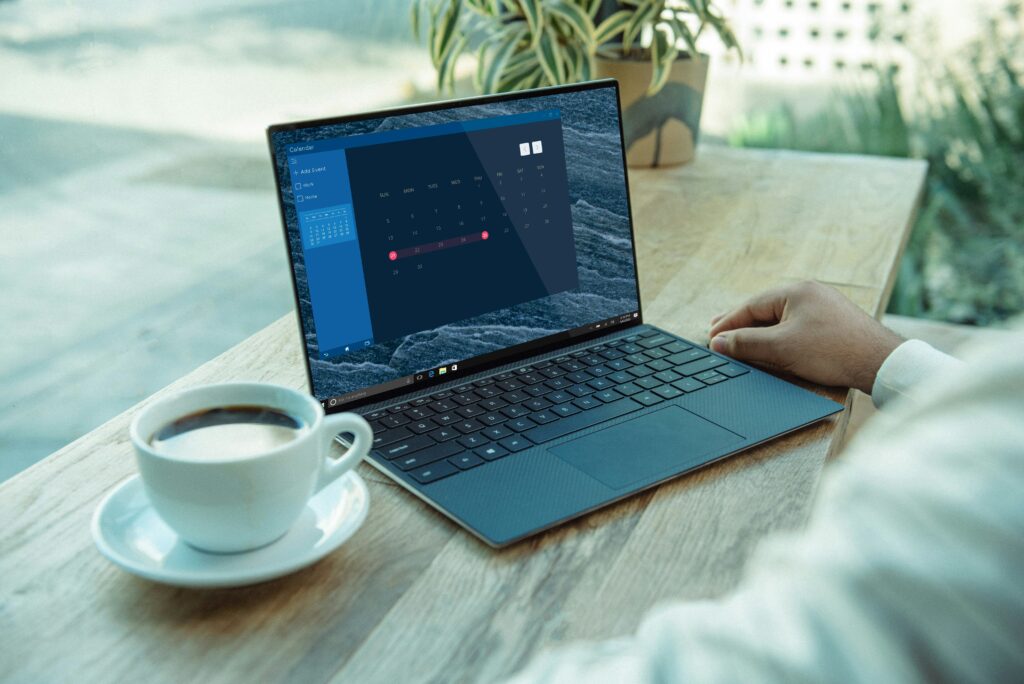Open pedagogy is a theory that puts learning in the hands of the students themselves. In this approach, students develop their own learning strategies by helping themselves and others, as well as applying them to the real world. It differs from traditional learning, where the educator relays information while the student passively receives it.
Advantages of open pedagogy:
- Personalized learning: As students are their own agency, they’ll be able to develop and learn what’s best for their needs
- Sharing: Sharing knowledge will minimize the capitalistic agenda that prioritizes funding over valuable information, access and retention
- Deconstructing traditional power structures: Unlike the educators, the students will have a say on what works best for them. With this, students who did not have a voice will be able to have their own opinion
(Open Pedagogy | KPU.ca – Kwantlen Polytechnic University, n.d.)
Role and Impact of Open Educational Resources (OER)
OER is highly impactful, as it allows accessibility for free educational resources for students across the globe. This website provides a long list of all the advantages of OER.
Main advantages of OER
- Continuous content improvement: Unlike a hard-printed textbook, OER can be edited whenever there is any new information available
- Wide accessibility: Students can be anywhere geographically, and will still be able to access the information
- Distribution: Educators will be able to distribute the information to a lot of students with little to no cost

Depending on location and affordability, updated information and advancements in certain fields are not accessible to students worldwide. With OER, students from diverse backgrounds can access this information, giving them a fairer chance to improve their education like everyone else.
Impactful Global Trends in OER:
International Collaboration:
Educators worldwide are advocating for OER as a learning tool for students. Due to this, it will bridge the gap of educational differences among different backgrounds and communities. Despite the growing recognition of OER, this article showed that there is an inequality with OER among different countries. They’ve found that the OER quality is better in countries that have supportive national funding.
Inclusivity: Some OER encourages the use of open pedagogy. Students will be able to adjust the language, content and different revision models that best works for them.
Challenges of OER
- Language and cultural biases: Currently, most OER materials are available in English only. Due to this, it poses challenges to those who are restricted by language
- Sustainability issues: As OER is free of cost, creators may not be motivated to update their information, or keep it free of cost due to little incentive.
(UMGC Library: Open Educational Resources: Pros and Cons, n.d.)
Understanding Creative Commons Licensing:
Advocating for open licensing is highly beneficial in OER. It allows access and sharing of educational resources legally.
Here is shortened list of Creative Commons’ licenses:
For help selecting the right license for you, you can visit this link: https://chooser-beta.creativecommons.org/#
Why it’s beneficial to understand Creative Commons Licensing
- It allows for easy identification of how the website can be used legally
- Let’s you know whether the information can be shared or manipulated
- Let’s you know which information can be accessed for free
- Shows respect to the creator of the educational resource
Here are some examples of how I would apply the license:
I can create an educational resource with inclusive lesson plans. I would apply the CC BY-SA license. This way, others will be able to adapt or manipulate the information to best suit their needs. They’ll also be able to share it.
I can also publish my own research paper on a particular topic. Because I would not want others to manipulate my data, I would apply the CC BY-ND license. People will be allowed to share the data, and give credit to me.

Attributes of Open Pedagogy:
If I were to create a rich learning environment, open pedagogy would be highly valued. I would foster a collaborative environment by involving students in creating the lesson plan. They would be given clear guidelines on what is expected in a fair manner. Students would be provided with flexible assessments, and their feedback would be used to improve learning models. As students are given the opportunity to actively take part in lesson planning, it will allow for a more personalized approach to delivering information. With this, students will be more motivated and empowered to learn in their own way
References
About CC Licenses – Creative Commons. (2023b, September 28). Creative Commons. https://creativecommons.org/share-your-work/cclicenses/
UMGC Library: Open Educational Resources: Pros and Cons. (n.d.). https://libguides.umgc.edu/c.php?g=23404&p=138771#s-lg-box-402474
Leave a Reply